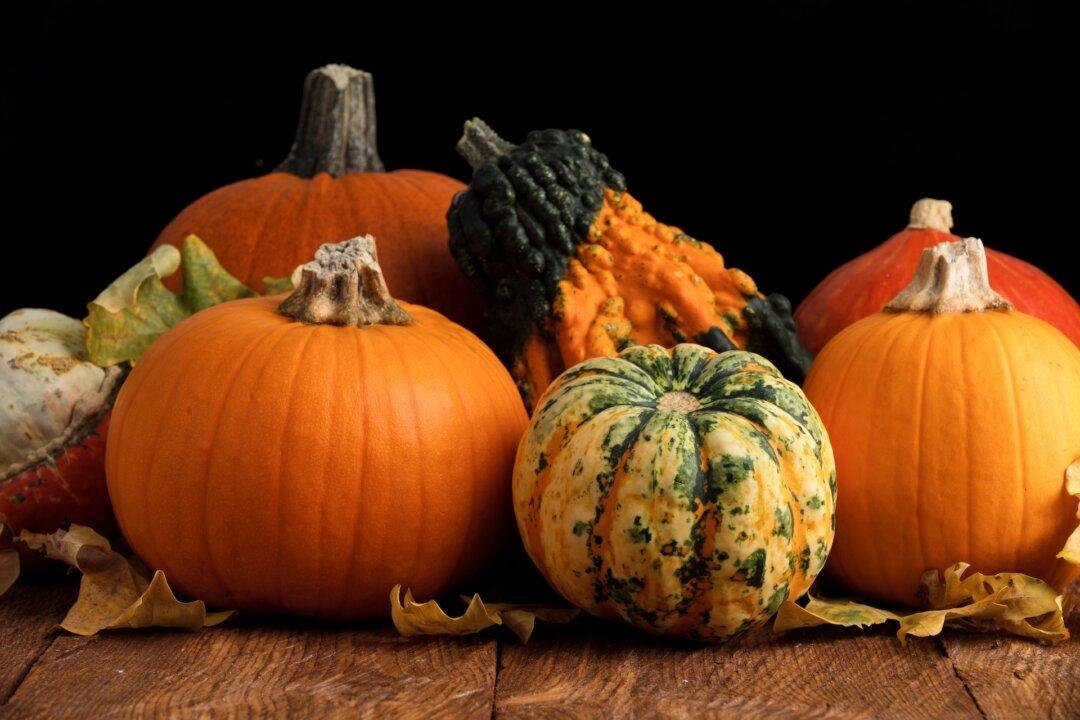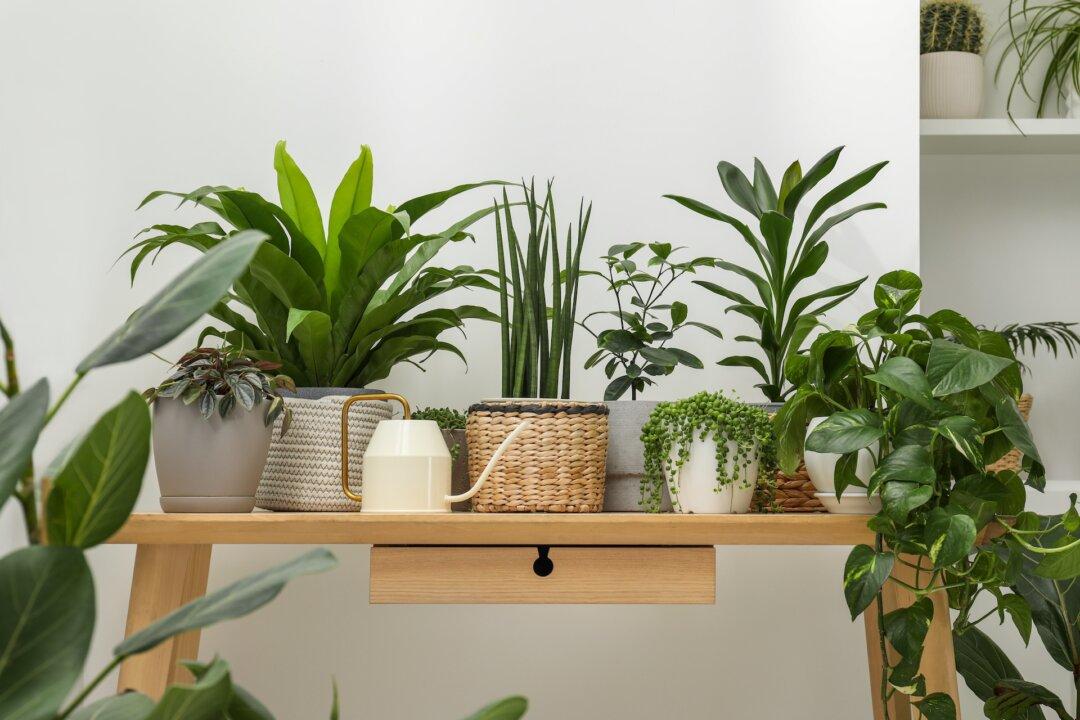The leaves are often brittle at the location of the red blotch and easily break off at that point. Flowers and flower stalks may become disfigured. If left untreated, the bulbs tend to get weaker and weaker and die after a few years.
For potted plants, prune off the affected leaves, peel off the affected areas on the side of the bulb, replace the potting soil, and treat the bulb with a fungicide. Outdoor bulbs tend to have brown or yellow streaking instead of the red blotches. The tips of the daffodil leaves look like they have been scorched or killed by frost. Prune off the affected leaf tips and treat the remaining bulb, leaves, and soil with a fungicide.
The fungus spreads in wet conditions. Outdoors, wet spring weather is enough for the spread to occur. Indoor bulbs that are stored in damp, humid conditions or bulbs that are planted in soil that stays wet with water in the tray under the bulb are more likely to develop fungal problems. Plant amaryllis with the neck of the bulb up and out of the soil to keep it dry. The fungal spores survive in between the dry, scaley leaves, so peeling some of them off can reduce the number of spores.
Forsythias, lilacs, and most other species of shrubs used for flowering hedges prefer growing in full sun. The more shade they get, the less they flower. As surrounding trees mature, they may cause too much shade. If the shrubs are unhealthy for some reason, such as waterlogged soil or recurring diseases, they may not bloom.
If they bloomed well in the past and have stopped, it may be because old stems do not bloom as well as younger ones do. Most spring-blooming shrubs bloom best on stems two to four years old. Old hedge branches don’t produce flower buds, and the flower buds on young branches are cut off.








